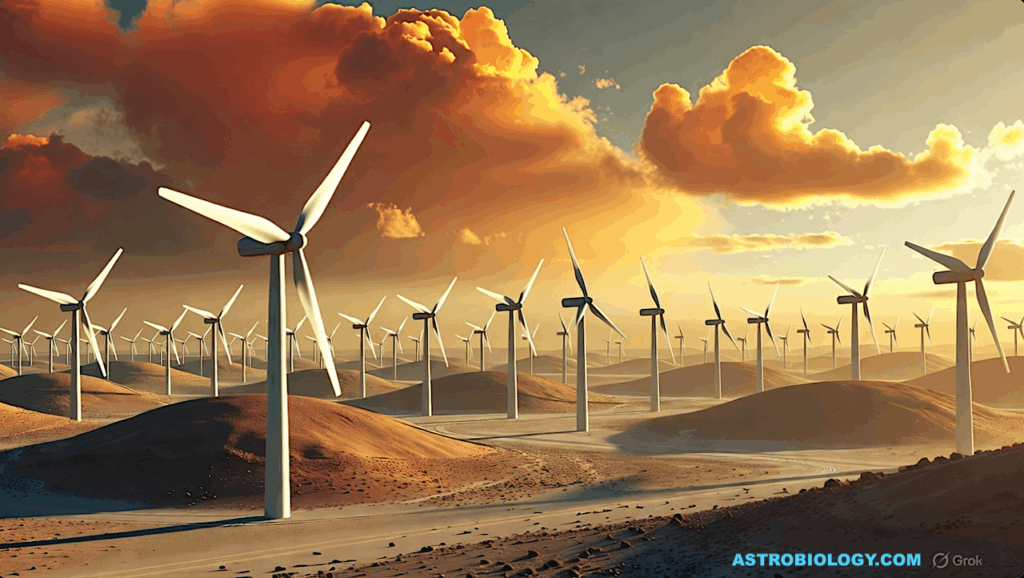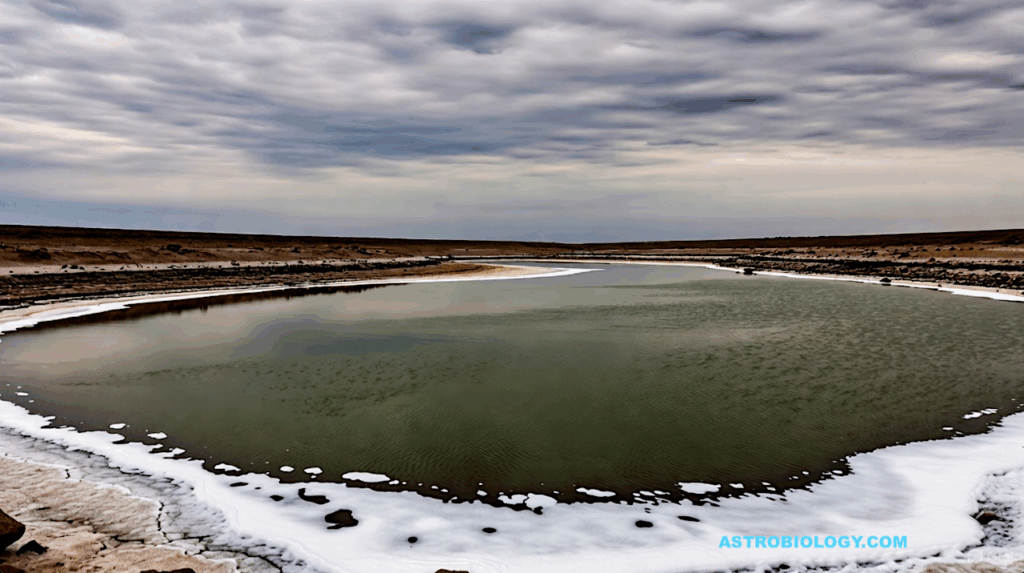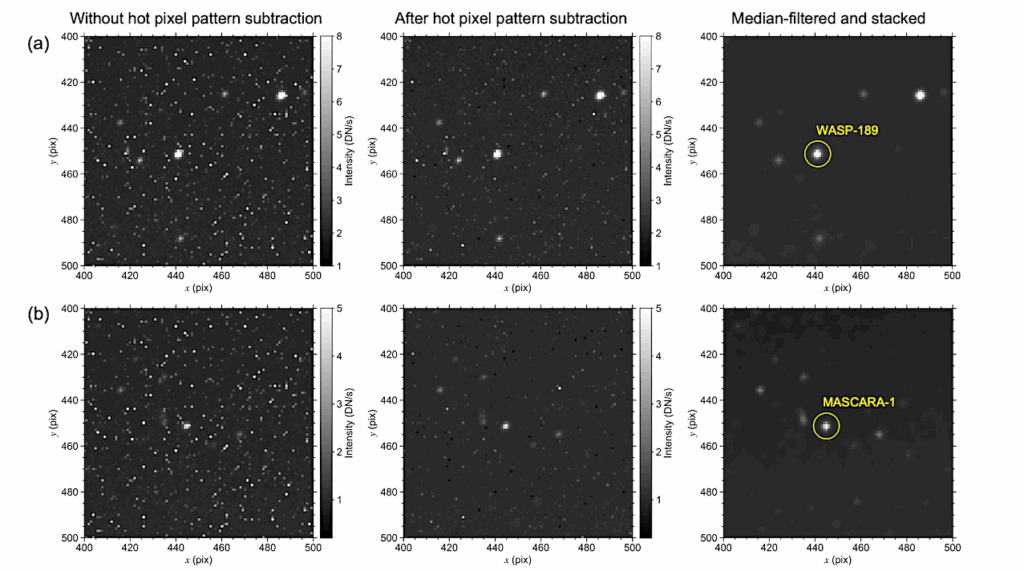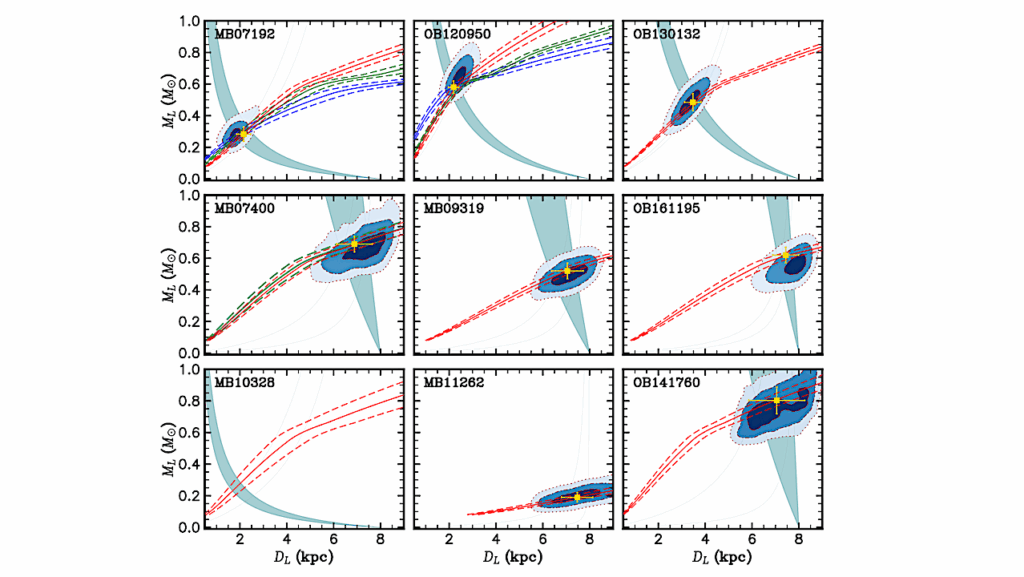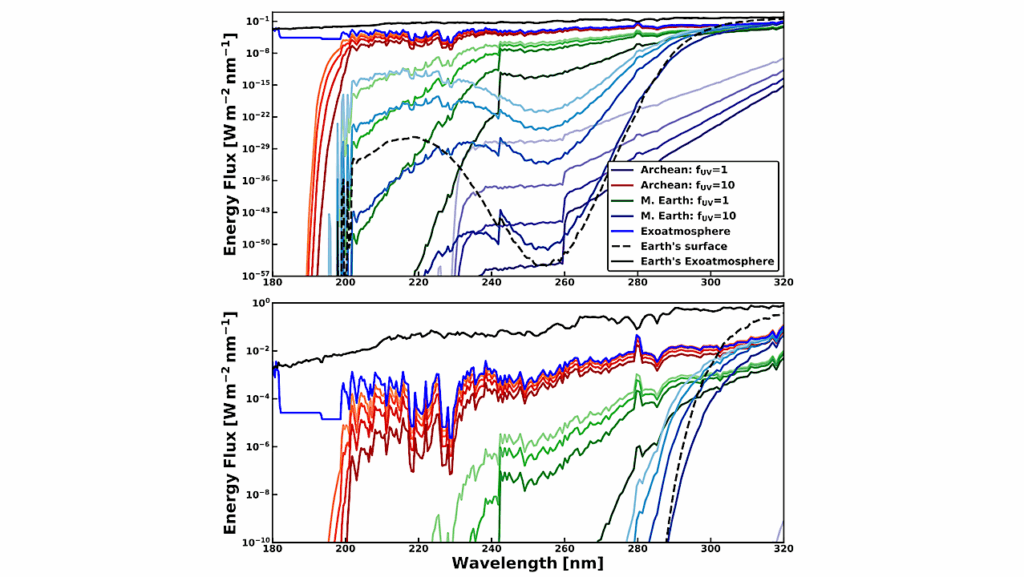History and Habitability of the LP 890-9 Planetary System
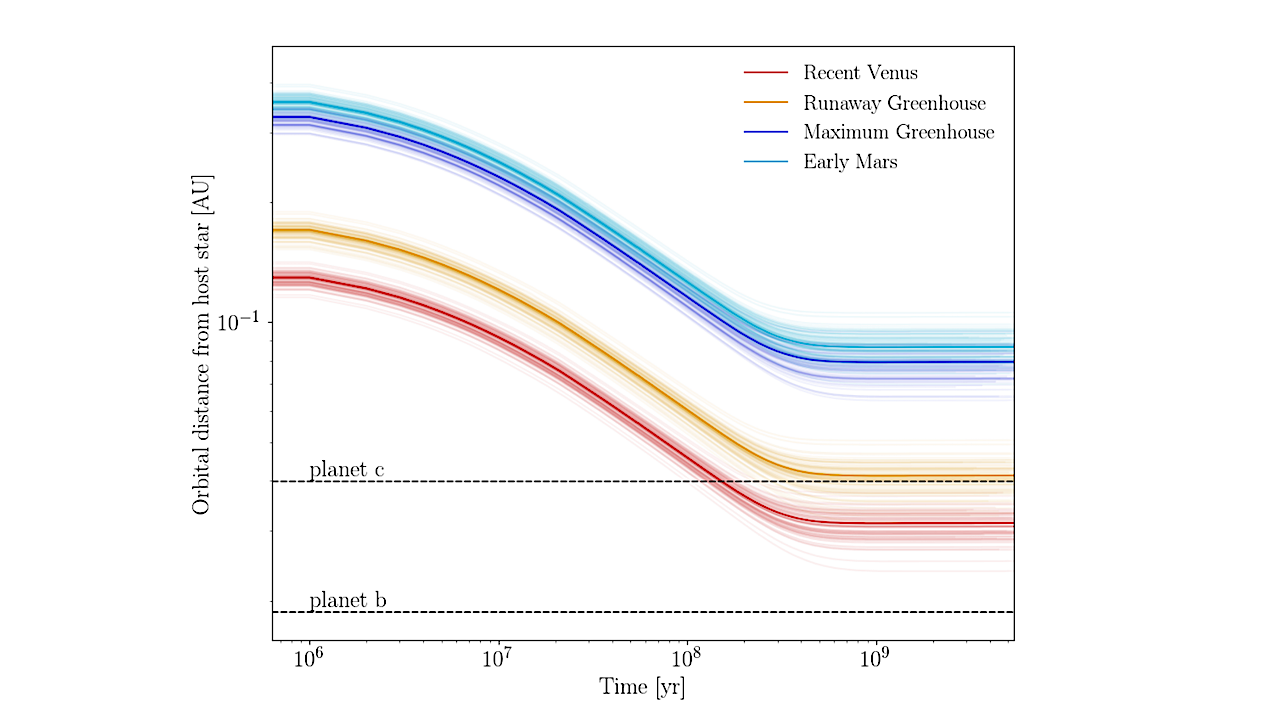
We present numerous aspects of the evolution of the LP 890-9 (SPECULOOS-2/TOI-4306) planetary system, focusing on the likelihood that planet c can support life.
We find that the host star reaches the main sequence in 1 Gyr and that planet c lies close to the inner boundary of the habitable zone.
We find the magma ocean stage can last up to 50 Myr, remove 8 Earth-oceans of water, and leave up to 2000 bars of oxygen in the atmosphere. However, if the planet forms with a hydrogen envelope as small as 0.1 Earth-masses, no water will be lost during the star’s pre-main sequence phase from thermal escape processes.
We find that the planets are unlikely to be in a 3:1 mean motion resonance and that both planets tidally circularize within 0.5 Gyr when tidal dissipation is held constant.
However, if tidal dissipation is a function of mantle temperature and rheology, then we find that planet c’s orbit may require more than 7 Gyr to circularize, during which time tidal heating may reach hundreds of terawatts.
We thus conclude that the habitability of planet c depends most strongly on the initial volatile content and internal properties, but no data yet preclude the viability of an active biosphere on the planet.
Rory Barnes, Laura N. R. do Amaral, Jessica Birky, Ludmila Carone, Peter Driscoll, Joseph R. Livesey, David Graham, Juliette Becker, Kaiming Cui, Martin Schlecker, Rodolfo Garcia, Megan Gialluca, Arthur Adams, MD Redyan Ahmed, Paul Bonney, Wynter Broussard, Chetan Chawla, Mario Damasso, William C. Danchi, Russell Deitrick, Elsa Ducrot, Emeline F. Fromont, Brandt A. L. Gaches, Sakshi Gupta, Michelle L. Hill, James A. G. Jackman, Estelle M. Janin, Mikolaj Karawacki, Matheus Daniel Koren, Roberto La Greca, Michaela Leung, Arturo Miranda-Rosete, Michael Kent A. Olohoy, Cecelia Ngo, Daria Paul, Chandan Kumar Sahu, Debajyoti Basu Sarkar, Mohammad Afzal Shadab, Edward W. Schwieterman, Melissa Sedler, Katie Texeira, Allona Vazan, Karen N. Delgado Vega, Rohit Vijayakumar, Jonathan T. Wojack
Comments: 16 pages, 9 figures
Subjects: Earth and Planetary Astrophysics (astro-ph.EP)
Cite as: arXiv:2412.02743 [astro-ph.EP] (or arXiv:2412.02743v1 [astro-ph.EP] for this version)
https://doi.org/10.48550/arXiv.2412.02743
Focus to learn more
Submission history
From: Rory Barnes
[v1] Tue, 3 Dec 2024 19:00:01 UTC (2,354 KB)
https://arxiv.org/abs/2412.02743
Astrobiology


